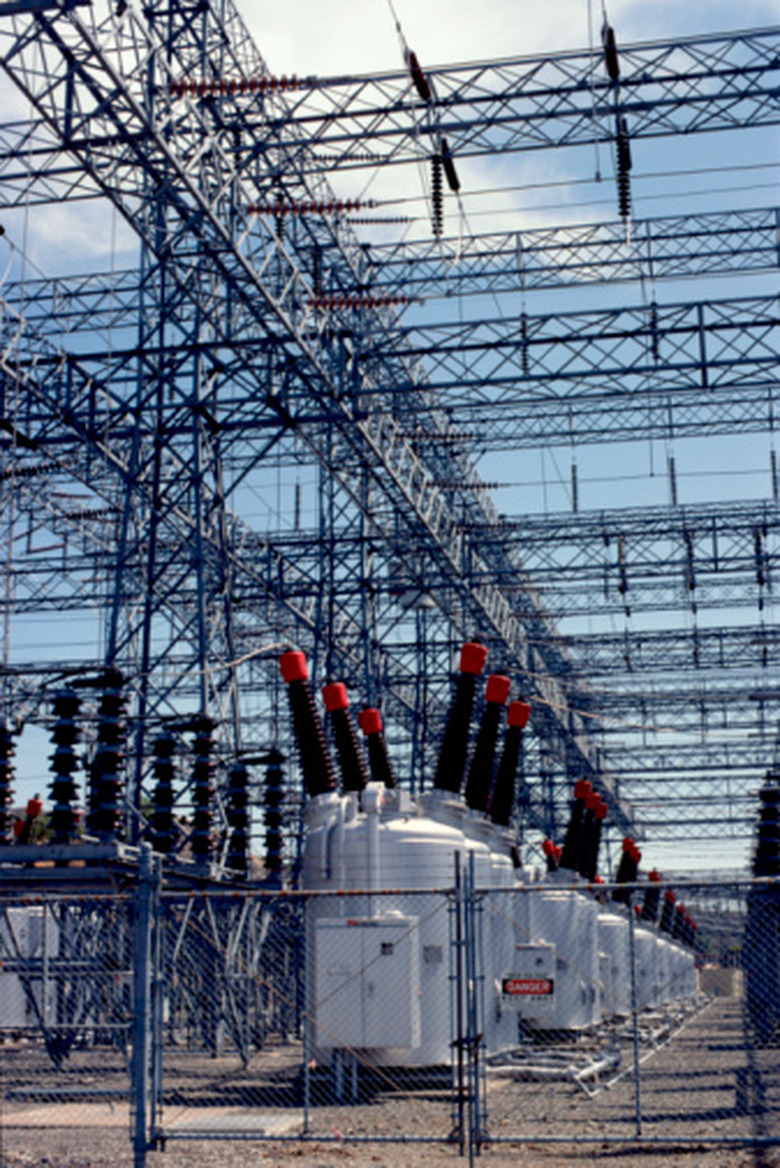How To Tell If An Outlet Is A 3-Phase
Three-phase current usually is not supplied through an outlet, but that is not always the case. Some high-rise apartment buildings do have three-phase wiring, but the supply voltages are at levels similar to, although not quite the same as, single-phase wiring. Even in high-rise apartment buildings, only one phase of a three-phase supply is made available through outlets. Having an outlet that supplied three-phase current in a home would be rare.
Step 1
Count the openings in the outlet. If there are three or fewer slots for plug prongs, the outlet is a single-phase outlet operating at 110 to 125 volts, or 220 to 250 volts. Three-phase outlets have at least four slots. Three of the slots each supply one phase of the three-phase electric current, while the fourth slot is the ground.
Step 2
Set the multimeter to test AC volts. Set the voltage range to 250 volts or higher. Plug the black lead into the common jack and the red lead into the voltage jack.
Step 3
Test the outlet slots in pairs. If one slot looks different from the other three, test between that slot and the other slots first. You must test all the possible combinations of slots to perform this test. Label the slots A, B, C and D. Test between A and B, A and C, A and D, B and C, B and D, and between C and D. If the voltage between any pair of slots is 135 volts or less, or zero volts, the outlet is not a three phase outlet.
Step 4
Test the slots on the outlet in pairs. If the voltage is at least 200 volts for three pairs of slots, the outlet is probably a three-phase outlet. Examine the circuit breaker for the outlet. A circuit breaker with three switches connected together so that all three must be turned on or off at the same time is a three-phase circuit breaker. Both conditions must be true for a definitive answer. The circuit breaker must be a three-phase breaker and the voltage between three pairs of similar slots on the outlet must be greater than 200 volts.
Tip
The mere presence of a three-phase circuit breaker — three switches ganged together — does not mean an outlet is three phase, only that the possibility exists for it to be a three-phase outlet.
Three-phase outlets are unlikely to occur in a residential setting and are more likely in an industrial or commercial building. Some farms also have three-phase current available to them.
References
- "Wiring Simplified, 40th Edition"; Herbert P. Richter, et al.; 2002
